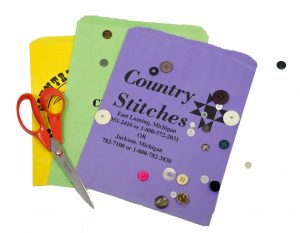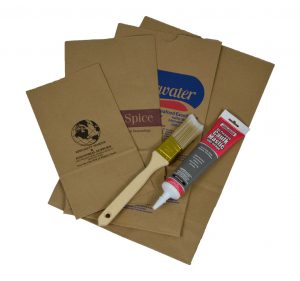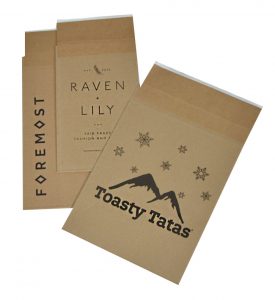Whenever we talk about paper we always include discussion of paper’s basis weight. But what is basis weight and what does it mean when selecting a bag? Merriam Webster defines basis weight as, “the weight in pounds of a 500-sheet ream of paper cut to a basic size.” So it’s accurate to say that basis weight refers to the thickness of the paper. The higher the basis weight, the thicker the paper is and, accordingly, the stronger the paper is. Bags with a higher basis weight can typically hold more than bags with a low basis weight. Basis weight is usually written with a pound sign (#) after the weight to indicate pounds; 40# means a paper has a 40 pound basis weight. Let’s look at some examples of basis weight in bags:

Merchandise bags: Our standard size merchandise bags have a basis weight of 30# to 35# for white, recycled natural, and colored paper, depending on the color and/or size. That means our merchandise bags are made from paper that weighs 30 to 35 pounds when cut to a standard size ream of 500 sheets. This is ideal for clothing, reading material, other retail merchandise, and even bakery, sandwich, and prepared foods.

Hardware Bags: Designed for holding much heavier items like screws, bolts, plant bulbs, and are even used as evidence bags by police departments. These bags have a much heavier basis weight of 50# to 58# depending on the size of the bag. This heavier weight of paper gives hardware bags the strength and durability to hold up to carrying bulky items that may tear through a lighter basis weight bag.

Shipping Bags: Our Eco-Shipper ® and Eco Natural shipping bags are designed to hold up to the rigor of postal or freight carrier transport. These recycled – and recyclable – shipping bags are made from 99# to 126# basis weight paper, depending on the bag size and color. Retailers across North America rely on these heavy duty mailers to safely transport their retail goods to their customers.
